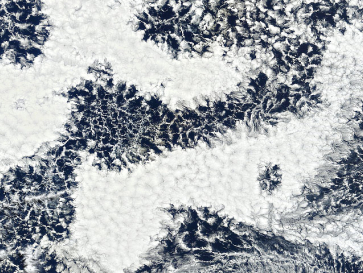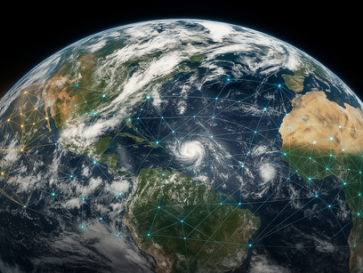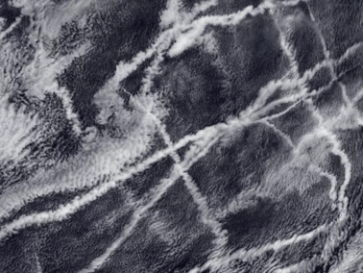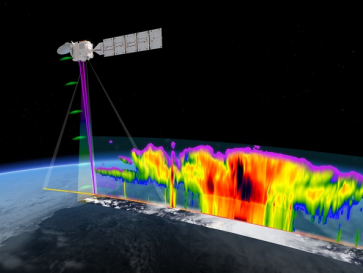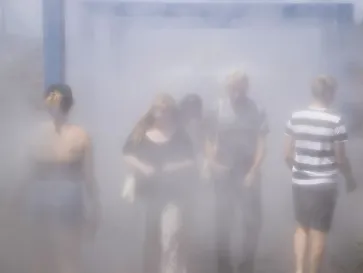Our research group focuses on understanding the physics and properties of clouds and their role in the Earth's climate system. A key aspect of our work is investigating how aerosols, whether natural or human-made, influence cloud properties and, in turn, affect the climate. We use a combination of advanced tools, including satellite observations, cloud simulations, and Lagrangian trajectory modeling. By integrating these methods, we aim to provide a deeper understanding of the complex interactions between clouds, aerosols, and the climate.
Fields of Interest
Recent Publications
Choudhury, G., & Goren, T. (2025). Sampling Bias From Satellite Retrieval Failures of Cloud Properties and Its Implications for Aerosol-Cloud Interactions. Geophysical Research Letters, 52(10), Article e2025GL115429. https://doi.org/10.1029/2025GL115429
Choudhury, G., Block, K., Haghighatnasab, M., Quaas, J., Goren, T., & Tesche, M. (2025). Pristine oceans are a significant source of uncertainty in quantifying global cloud condensation nuclei. Atmospheric Chemistry and Physics, 25(6), 3841-3856. https://doi.org/10.5194/acp-25-3841-2025
Goren, T., Choudhury, G., Kretzschmar, J., & McCoy, I. (2025). Co-variability drives the inverted-V sensitivity between liquid water path and droplet concentrations. Atmospheric Chemistry and Physics, 25(6), 3413-3423. https://doi.org/10.5194/acp-25-3413-2025
Choudhury, G., & Goren, T. (2024). Thin Clouds Control the Cloud Radiative Effect Along the Sc-Cu Transition. Journal of Geophysical Research: Atmospheres, 129(10), Article e2023JD040406. https://doi.org/10.1029/2023JD040406


